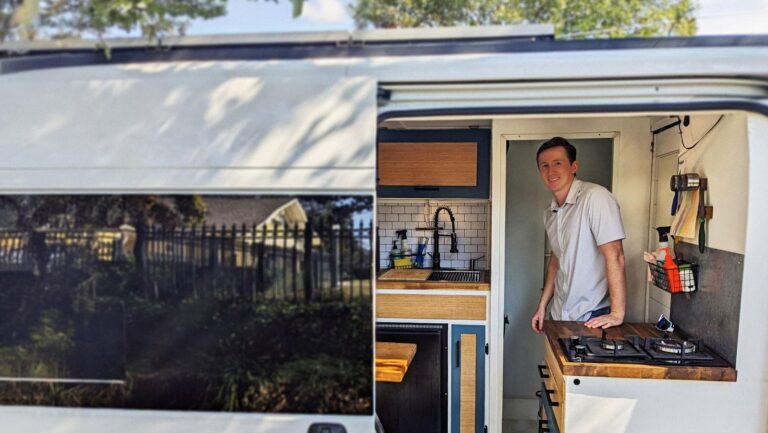Building Community in the World of Small Business: Rand Larsen’s SMB Community
Entrepreneurship can often feel like an isolated journey, but Rand Larsen’s SMB Community aims to change that by offering structured peer group meetings for small business owners. This platform operates much like group therapy, providing a space where entrepreneurs can seek advice, share experiences, and find motivation as they navigate the complexities of running a business.
An Exclusive Network for Ambitious Entrepreneurs
For small businesses with annual revenues of at least $1 million, joining the SMB Community requires a yearly investment of $3,000. Most members are male entrepreneurs in their 30s and 40s, who are driven by both personal ambition and family responsibilities. This community not only facilitates growth but also serves as a reminder that many have faced similar entrepreneurial challenges.
Peer Support Across the Nation
During a recent peer group session, participants from various locations, including Chicago and Austin, gathered via Zoom to share their latest business updates. The meeting began with a simple check-in where members quantified their wellbeing on a scale from one to ten. Discussions flowed from sensitive topics like employee dismissals or health scares to innovative strategies for motivating sales teams.
One owner suggested gamifying sales by rewarding team members with cards for every successfully closed sale, a method designed to enhance motivation and engagement beyond traditional financial incentives.
The Need for Connection Among Small Business Owners
Small business owners often operate in isolation, hesitant to share their struggles due to the competitive nature of their industries. A 2024 survey by Truist Bank revealed that only 17% of small business owners actively seek peer advice despite the high rate of business owners grappling alone with challenges.
Connecting on the Ground
Rand Larsen, the founder of SMB Community, has traveled extensively across the country in his camper van, hosting face-to-face meetups and expanding his network. Over the last year, he has interacted with hundreds of small business owners, aiming to help them by connecting them with useful contacts and resources. Larsen operates these meetups without charging participants, relying on sponsors to cover costs.
Real Stories, Real Impact
One of the earliest members of the community is Matthew Saskin, owner of East Coast Towing, which he hopes will generate $9 million this year. Saskin mentions that dealing with SBA debt and business leverage poses unique hurdles he finds hard to discuss in conventional networking events like local Chamber meetings.
Another member, Jack Carr from Rapid Response Plumbing in Tennessee, recounted how his peer group provided timely assistance when his Google Business profile went offline, reflecting the practical benefits of community support for business owners.
From Idea to Action: The Birth of SMB Community
Rand’s journey began in Tacoma, Washington, where he cultivated an interest in entrepreneurship while studying at Boise State University. His varied career experiences, including roles in distribution and a cannabis pharmaceutical startup, culminated in a venture aimed at documenting the lives of elderly residents. After his initial business floundered due to COVID-19, Rand pivoted to support small business owners through peer networking.
The idea crystallized when he encountered a struggling business owner facing grave financial challenges. This interaction revealed significant emotional tolls that entrepreneurs often hide from employees and family. The first peer group formed organically, focusing on shared challenges and collective solutions—what they dubbed “trench therapy.”
Crafting Safe Spaces for Honest Conversations
Creating an environment where entrepreneurs can openly discuss business troubles without fear of judgment or competitive advantage is essential. This is accomplished by ensuring geographic diversity within group structures, allowing members to cultivate trust and share candidly. Each month, group members reconvene to tackle pressing topics, ranging from growth strategies to exit plans.
“You build a callus,” Larsen explains. As members continue to meet, their initial feelings of isolation dissipate, replaced by the realization that their struggles are not unique.


